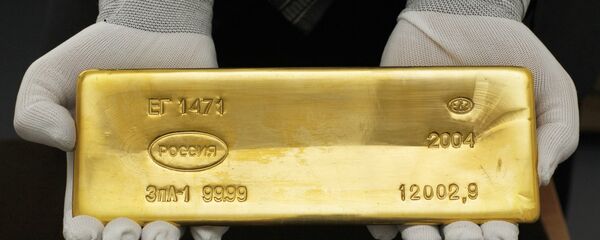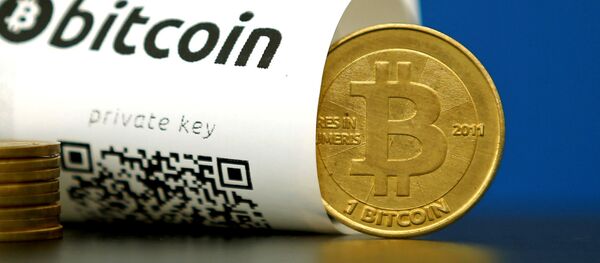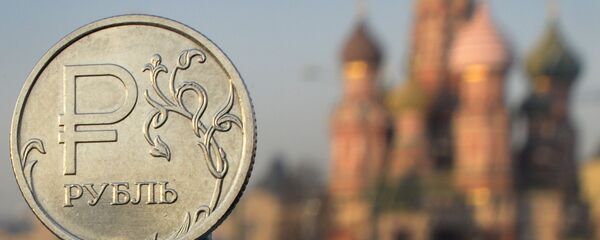Kristian Rouz – The price of gold, one of the main international safe-haven assets, surpassed the $1,300 threshold on Friday for the first time since Donald Trump was elected US President in November.
The rise in bullion prices reflects increased volatility in the global capital markets, and a lack of certainty over the path of the US economic growth, as the Trump-proposed reforms are lagging.
The US Treasuries are a volatile investment ahead of the debt ceiling debate and a possible US government shutdown in October, while other non-physical havens, such as bonds and currencies, are facing exposure to the risks stemming from the US volatility which are too significant to be considered safe enough investments.
Gold and bitcoins, both having recently increased in price, are becoming a preferred method to safeguard parts of investment portfolios, especially ahead of the expected profit-taking in the overpriced stock markets. However, the rise of cyber-attacks and cyber-terrorism are rendering investors sceptical of bitcoins and block-chain technologies, preferring to stick to the tried and true avenues.
“By being in equities and by being in gold, and also having some exposure to bonds, you have some diversification,” investor Marc Faber said. “Then you can hope when the hour of truth occurs, you will only lose, say, 50 percent of your assets, but your neighbor loses everything. So relatively speaking, you will have done very well.”
An ounce of gold in the Krugerrand cost 27 rand ($35) in 1967, when South Africa first started minting the coins in order to attract investment amidst the growing international left-wing backlash over Apartheid. Currently, 1 oz. of Krugerrand gold costs 16,840 rand ($1,273) – and its appreciation was most stunning between 1995 and 2015, from 2,500 ZAR up to roughly 20,000 ZAR, not least due to the economic turmoil in South Africa in the past 20 years.
The example of the economic collapse of South Africa in the post-Apartheid era demonstrates that when things go south, gold gains in value more significantly than other types of assets. Besides, the falling international gold production, mainly, in Africa, due to the political turmoil and perpetual warfare raging across the continent, has contributed to the rise in gold prices.
“Growth in mine output is at its lowest point since the financial crisis, with risks only getting greater,” Daniel Hynes of Australia and New Zealand Banking Group wrote in a note.
Another reason is the Trump factor. When Donald Trump was elected in November, the expectations were high the business-friendly President would enact across-the-board reforms that would boost US economic growth.
Besides, lower macroeconomic projections and central bank policies benefitting the virtual assets and fuelling bubble concerns, are driving investors into gold.
“50% of American people have no assets,” Faber points out. “They don’t benefit from printing money. Actually, they’re hurt because their cost of living is going up, and it’s going up more than the CPI (inflation rate) would indicate.”
At this point, gold production is becoming a less and less lucrative business, supporting the gold prices as gold output is projected to further decrease.
In order to produce an ounce of gold. An average gold mine would lose $1,083 in input costs, according to the data from PiercePoints. At current prices of $1,300, a 20 percent profit margin is better than in investment banking, for example, where the ultra-low interests are weighing on operational profitability.






